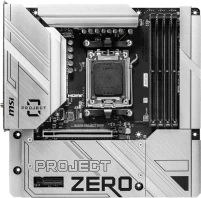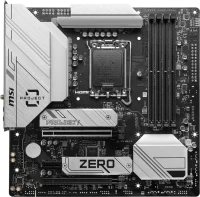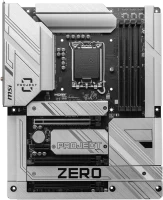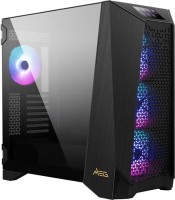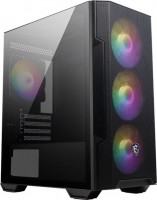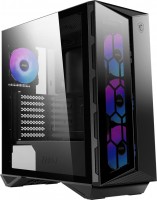Computer Cases MSI series Project Zero (Back-Connect)
prices on 1 modelMSI Project Zero (Back-Connect)
With the massive spread of transparent and translucent computer cases, many assemblers were faced with the question - where and how to hide unnecessary cables so that chaotically hanging cables do not spoil the beauty? MSI solved this issue in a rather radical way by introducing a new series of Project Zero components, which included motherboards with connectors hidden behind them and compact two-piece cases with a hidden side compartment for cables, drives and the power system.
 |
At the start of the Project Zero series, 2 diverse cases were presented, built on the basis of the existing MAG and MEG models. The compact MAG Pano M100 PZ is designed in Mini-Tower format and is designed for installation of compact Micro-ATX motherboards. The front door and one of the walls are made of tempered glass, while the second wall, on the contrary, is made of perforated metal. There are already 4 fans installed inside the case (one at the back, three behind the front door) with MSI Mystic Light lighting. In addition to the backlight, the case is visually distinguished due to the beveled and asymmetrical lid. There is also a variant of MAG Pano M100 PZ without built-in fans and backlighting.
In turn, the MEG Maestro 700L PZ is a more high-status, expensive and solid case with greater capacity and support for ATX and E-ATX motherboards. This new product also offers a panoramic view of the components inside, while the entire side and front walls of the case are made of solid cast glass. To say that it looks impressive is to say nothing. Unlike the MAG Pano, the MEG Maestro case is designed for ultra-powerful builds with top-end processors, giant motherboards and complex air or liquid cooling.

